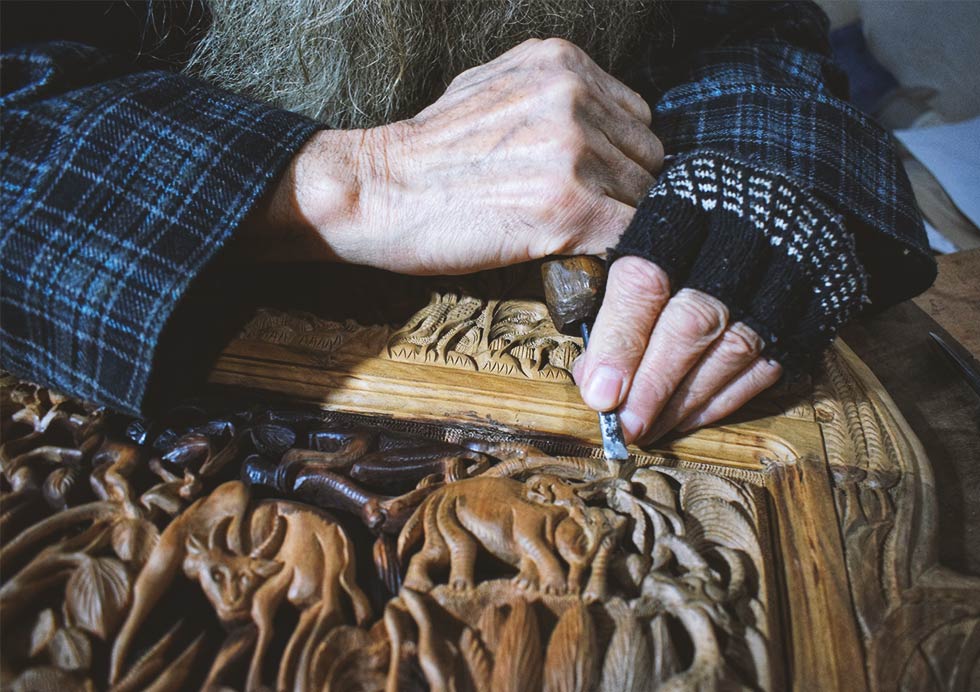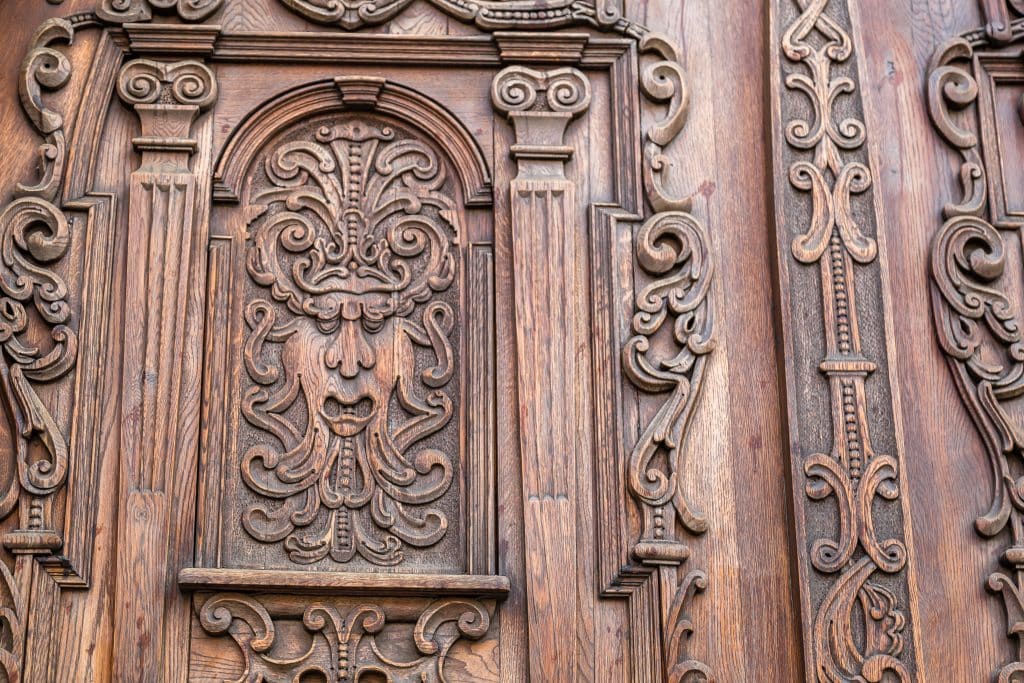Wood Carving Techniques: A Complete Guide for Beginners to Experts
Wood carving art involves several methods of designing and decorating wood using chisels and specialized techniques. Major techniques include carving, chip carving, wood burning, and scraping. The method to be employed depends on the wood’s design, complexity, and material.
Wood carving is an old art form that was started in prehistoric times and continues to rise to this day. Early on, people would carve wood to make practical tools. Over time, wood carving became a piece of art that was rich in spiritual and cultural meaning.
The History of Wood Carving

Prehistoric Eras:
The early human beings used wood to make basic tools. Simple tools made out of wood existed in the form of hunting weapons and containers.
Ancient Period:
Wood carving was used in decoration and religion in ancient cultures. In China, for example, wood carving was used to create fabric and paper stamps and to decorate Buddhist scriptures.
Middle Ages:
Wood carving became popular in Europe and was used in book illustration and decorating buildings, and furniture.
Modern Era:
Wood Carving Techniques continues to advance in many ways, such as decorative carvings, statues, and handicrafts. It forms an important part of Indonesian culture, especially in areas like Jepara and Asmat.
Materials Required:
• Choose the wood you would like to utilize
• Schedule tools such as a pencil, chisels, hammer, ruler, and sandpaper
•Wood coloring, painting, and varnish
General Wood Carving Methods:

1. Carving:
Cut and carve the wood into 3D forms.
Artists use varying chisels to provide detail and texture.
This is a straightforward and widely utilized method in the majority of types of wood carving.
2. Chip Carving:
This technique entails shaving small slivers off the surface of the wood to achieve patterns.
It is mostly used on fine and detailed designs.
It requires skill and accuracy when using the tools so that they can be managed efficiently.
3. Pyrography (Wood Burning):
It uses heat to burn the wood surface and leave interesting visual effects.
It adds detail, texture, and patterns.
Burning creates contrast in color and texture in the artwork.
4. Scraping:
It is a method that involves cutting by scraping away thin layers of wood with sharp tools.
It‘s easy, and it’s commonly utilized as a foundational method.
It can produce many shapes and textured surfaces.
Choosing the Right Wood:
Choosing the right wood is also important. Basswood, linden, maple, and surian wood are popular ones.
Each of them has different properties, like softness and direction of grain, affecting the outcome while carving.
Each technique has its pros and cons, so the right method depends on your design and goal.
Carving Process:

Sketching:
Mark your pencil sketch from paper onto the wood.
First Carving: Do a rough carving to give the overall shapes.
Detail Carving: Use chisels and a wooden hammer to put in details.
Finishing the Carving: Clean the carving, and sand the surface to make it smooth.
3. Finishing:
Cleaning: Eliminate all the wood dust and debris.
Coloring: Using color through the use of wood paint, varnish, or burning techniques to create different effects.
Coating: Use varnish to protect the carving from damage.
Extra Tips:
• Grain Direction: Always carve with the grain of the wood to avoid tearing.
• Perlish Tools: Sharpening your tools for better performance.
• Safety First: Handle sharp tools carefully.
FAQ (Frequently Asked Questions)
1. Is it possible for anyone to learn wood carving as a beginner?
Yes, anyone can learn wood carving. Practice basic techniques like scraping and simple carving. Practice on soft wood like basswood or linden.
2. What is the simplest wood a beginner can use?
Basswood and linden are soft and easy to work with. When you get better, practice with harder woods like maple or sycamore.
3. Do all wood carving methods need the same tools?
No. Each technique may use different tools. For example, chip carving uses little chisels that are made sharp. Wood burning involves the use of a pyrography tool.
4. Do all carvings need to be painted?
Not necessarily. Painting and finishing are optional, based on your design and use. But putting on varnish does protect the wood.
5. How do you care for carving tools?
Sharpen your tools, clean them once you’re finished using them, and store them in a dry place to avoid rust and damage.
Closing Words
Wood carving is half patience, half skill, and half creativity. Mastering different techniques, choosing proper materials, and being detail-oriented allows you to create meaningful and beautiful pieces of art. Continue, experiment with new styles, and do not hesitate to be creative with each carvings you make. Happy carving!






